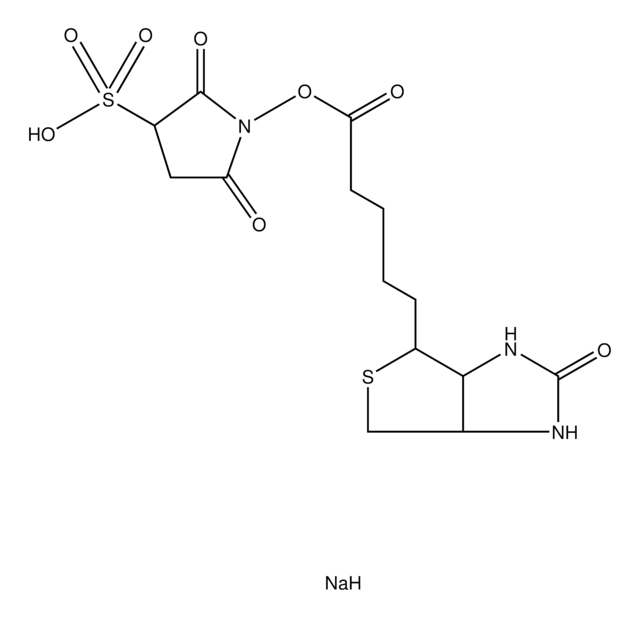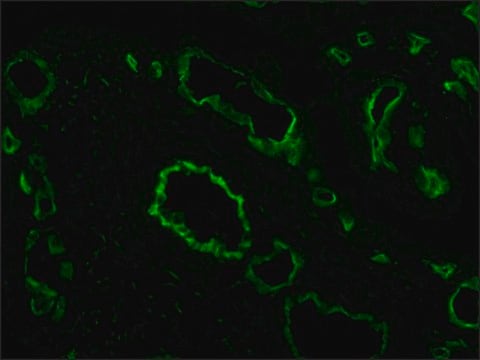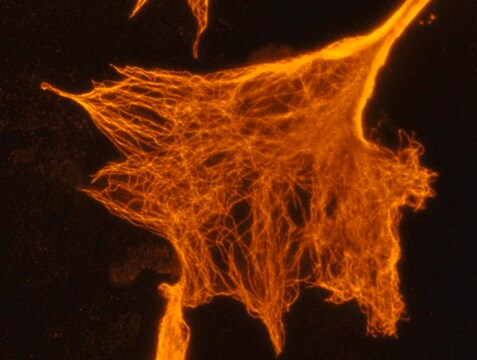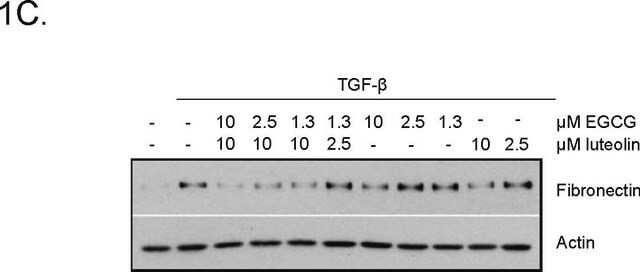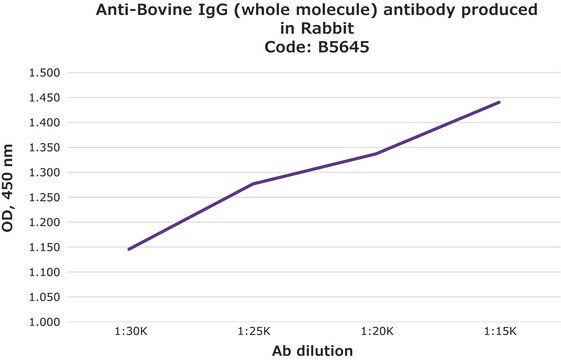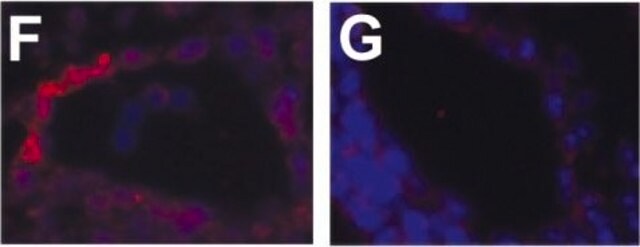C0992
Anti-Cy3/Cy5 antibody, Mouse monoclonal
clone CY-96, purified from hybridoma cell culture
Sinônimo(s):
Monoclonal Anti-Cy3/Cy5, Cy3 Antibody, Cy3 Antibody - Anti-Cy3/Cy5 antibody, Mouse monoclonal
About This Item
Produtos recomendados
fonte biológica
mouse
conjugado
unconjugated
forma do anticorpo
purified from hybridoma cell culture
tipo de produto de anticorpo
primary antibodies
clone
CY-96, monoclonal
Formulário
buffered aqueous solution
concentração
~1.5 mg/mL
técnica(s)
direct ELISA: suitable
dot blot: 1-2 μg/mL using cell protein extracts labeded with Cy3 or Cy5
immunocytochemistry: suitable
immunoprecipitation (IP): suitable
microarray: suitable
Isotipo
IgG2a
Condições de expedição
dry ice
temperatura de armazenamento
−20°C
modificação pós-traducional do alvo
unmodified
Procurando produtos similares? Visita Guia de comparação de produtos
Descrição geral
Especificidade
Imunogênio
Aplicação
- immunofluorescence
- western blot
- dot blot
- enzyme linked immunosorbent assay (ELISA)
- immunoprecipitation
- immunocytochemistry
- protein microarrays
- In in situ hybridization
Immunofluorescence (1 paper)
Ações bioquímicas/fisiológicas
forma física
Exoneração de responsabilidade
Não está encontrando o produto certo?
Experimente o nosso Ferramenta de seleção de produtos.
Código de classe de armazenamento
10 - Combustible liquids
Classe de risco de água (WGK)
WGK 3
Ponto de fulgor (°F)
Not applicable
Ponto de fulgor (°C)
Not applicable
Equipamento de proteção individual
Eyeshields, Gloves, multi-purpose combination respirator cartridge (US)
Escolha uma das versões mais recentes:
Já possui este produto?
Encontre a documentação dos produtos que você adquiriu recentemente na biblioteca de documentos.
Nossa equipe de cientistas tem experiência em todas as áreas de pesquisa, incluindo Life Sciences, ciência de materiais, síntese química, cromatografia, química analítica e muitas outras.
Entre em contato com a assistência técnica


